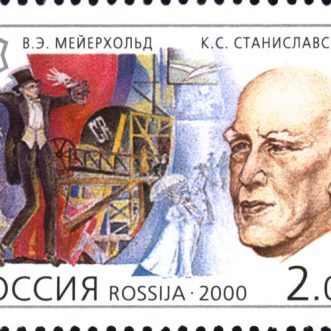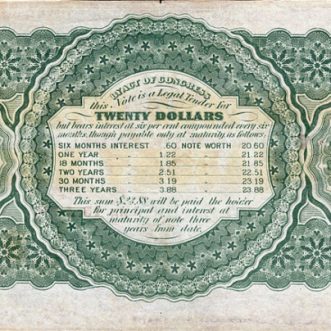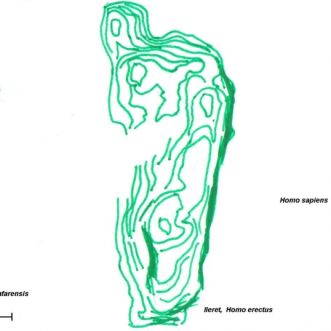
Playing A Role
I’d heard of ‘The Method’ – a way of acting designed to help actors deliver more ‘authentic’ performances by mining their own emotions – “to plumb past trauma, joy, grief, euphoria, and relive those feeling states each night on the stage.”
Until yesterday, when I read this article by William Justice Bruehl, I hadn’t heard of the person who originally came up with it – Constantin Stanislavski – and certainly hadn’t heard that he revised his ideas in later life.
His new idea was much less emotionally draining for actors. Simply put, the idea is to “study the text and articulate what their character struggles to achieve – the character’s ‘objective’ – throughout the whole play, in every scene, and then to simply note what the character should feel along the way.” In other words, to put yourself in the character’s shoes, and follow the logic of the story they are telling themselves. Different interpretations of the character’s underlying objective will lead to different interpretations in performance – even though the words stay the same.
This seems to me to be a useful and doable approach for non-actors playing a customer-facing role too. A combination of discipline (the text) and freedom (to divine the ‘objective’ of the person in front of me right now), that makes for a more fulfilling experience for both sides.
You need a text though, otherwise nobody makes sense.
PS I recommend Psyche as a source of interesting things to read.









